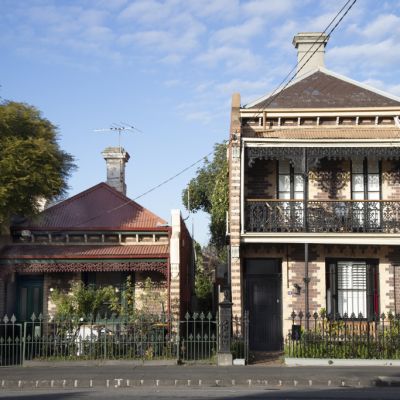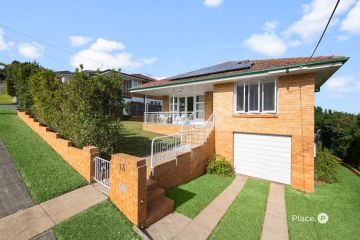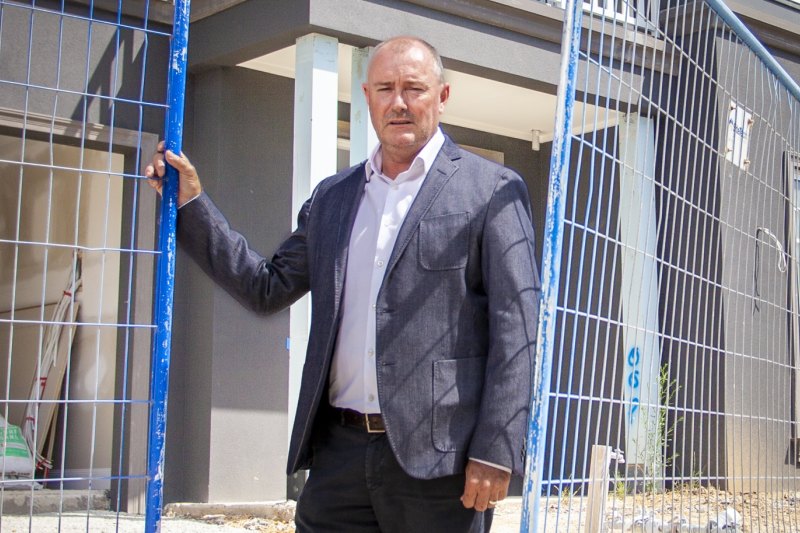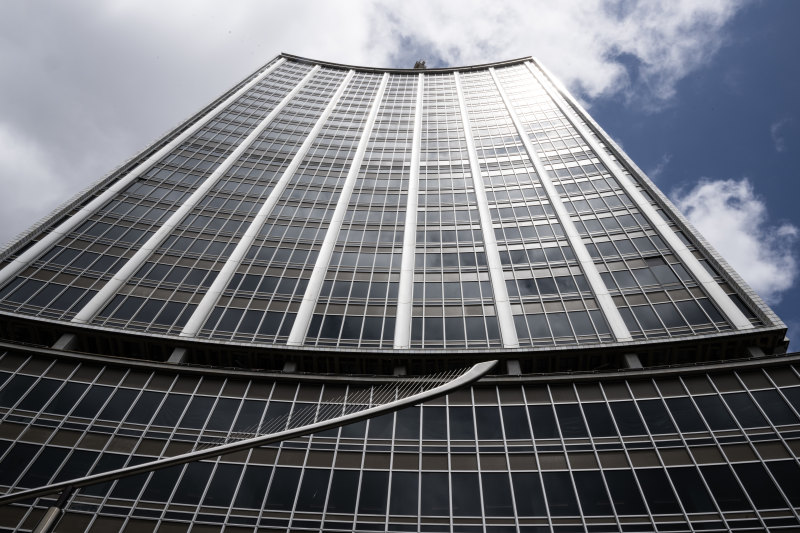RBA holds cash rate steady at 0.25 per cent but unemployment weighs on property prices
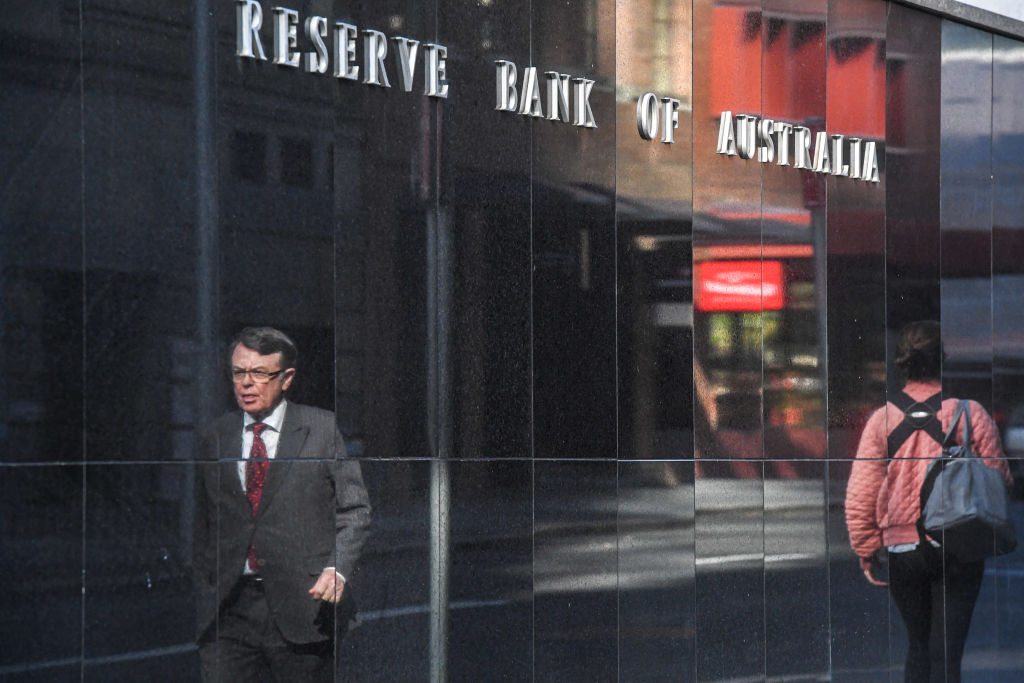
The Reserve Bank of Australia has kept the cash rate steady at 0.25 per cent at its monthly board meeting on Tuesday, and economists expect the central bank will maintain this rate for the foreseeable future.
This is positive for the housing market in the medium term, but dark clouds are emerging for property prices because of the likelihood of higher unemployment and a commensurate hit to business cash flows.
PRD Nationwide chief economist Diaswati Mardiasmo said the RBA has held the cash rate at 0.25 per cent for stability reasons.
“COVID-19 has delivered a hit to the economy, leading to negative economic growth of -0.4 per cent for the March quarter and predictions of negative growth in the June quarter,” she said. “Holding the cash rate steady provides a stable platform for the economy to recover.”
Mardiasmo says ongoing uncertainty also led the bank to hold the cash rate steady this month. “While some restrictions are being eased, many people have lost their jobs and employment levels will take time to get back to pre-COVID19 levels,” he says.
“The spike of cases in Victoria and the potential of a second wave is unknown, also creating uncertainty. So, holding the cash rate where it is should help support consumer confidence in light of the economic backdrop.”
Turning to the low cash rate’s effect on the real estate market, AMP Capital economist Diana Mousina says lower rates tend to be positive for property prices and the housing market. “It means borrowing costs are reduced for those who are looking to get into the market.”
Mardiasmo agrees the property market will benefit from the RBA’s current bias. “First-home buyers and investors who are ready and able to purchase will be able to use record low interest rates to secure lower repayments for a fixed period, which could translate to more sales.”
She says this could also help property investors. “A lower and steady cash rate means a slight reduction in loan repayments, which could reduce landlord stress. This may allow them to negotiate on rents, which could support occupancy rates. The low cash rate also makes owner occupier interest rates more affordable.”
Nevertheless, Mousina expects property prices will ultimately be hit by negative economic impacts from the coronavirus crisis, most notably the rise in unemployment and what that means for constrained household income and lower business cash flows.
“The next six to 12 months will be difficult for the housing market. We expect to see falling home prices nationally, which is already happening. But the very low cash rate environment is positive for property prices in the medium term.”
Asset manager Fidelity International’s cross-asset specialist Anthony Doyle agrees the Australian housing market faces significant headwinds.
“Rising unemployment, falling incomes, tougher lending standards, the eventual cessation of mortgage holidays and negative population growth caused by border closures suggest Australian house prices could fall by between five to 10 per cent in coming months.
“If this happens, households will tighten their belts, constraining any consumer-led economic recovery,” he says.
Interest rate outlook
While the RBA has the ability to further lower the cash rate, Mardiasmo believes this is unlikely.
“It’s not practical for the economy because it means banks would be paying people to take out loans, and they need to meet their own overheads and service their loans.
“Further monetary policy easing by cutting the cash rate would also signal the economy is in need of further assistance because it’s not recovering or going backwards,” she says.
“Going into negative territory — still two rate cuts away — would be a game-changer in terms of the borrowing and funding landscape and would indicate more unemployment and less disposable income.”
With rates unlikely to drop further, Stephen Miller, an investment strategist with fund manager GSFM, says there is little prospect for further mortgage relief. “The RBA has noted conventional monetary policy is close to exhausted and a fiscal response is a more effective form of support for the economy.”
This may include wage subsidies such as JobKeeper or tax cuts. “In the current crisis, these measures will prove more effective than any marginal lowering of interest rates,” Miller notes.
Conversely, Doyle notes there’s zero appetite for a rate rise any time soon. “The RBA has made it clear it won’t raise the cash rate until the unemployment rate begins to fall significantly. This may take many years.”
It’s likely interest rates will remain at 0.25 per cent for some time, which sounds like good news for borrowers, notwithstanding the potential for very tough economic times ahead.
We recommend
We thought you might like
States
Capital Cities
Capital Cities - Rentals
Popular Areas
Allhomes
More

